This is very exciting news for global travelers: Morocco has announced the adoption of a new visa-free policy for 70 countries, including Schengen countries, Qatar, the US, and the UK. This will indeed open up a new frontier in the tourism industry, making it much easier for visitors from these regions to explore the wonders of Morocco.
This policy will most likely have a great impact on Morocco's tourism sector. The nation also foresees easier access, a rise in tourist arrivals, and increased economic growth in turn. These massive flows of tourists would bring more jobs in the hospitality, transport, and local business sectors, resulting in better economic development. Besides, this growth will support community development projects and infrastructure improvements, which can further enhance the overall travel experience.
It is anticipated that the travel and tourism market of Morocco will reach US$2,260 million in 2024, growing at an annual growth rate of 4.01% to US$2,645 million in 2028. The largest segment is Package Holidays, which is likely to generate a revenue of about US$1,014 million in 2024, while the number of users will grow to 6.084 million by 2028, thereby increasing user penetration from 23.0% to 24.9%.
Tourist arrivals surged 12.8% in the first quarter of 2024 from the corresponding period a year earlier, following a record 14.5 million tourists in 2023, up 34% from 2022. Morocco launched on March 17, 2023, a 580 million USD plan for the impetus of the tourism sector, which aims to attract 17.5 million tourists by 2026.
Royal Air Maroc operates flights to 82 destinations in 41 territories: Europe, North America, South America, Africa, the Maghreb, and the Middle East, from its hub at Mohammed V airport in Casablanca. RAM plans to increase its fleet to nearly 200 aircraft by 2030. The airline has released a slew of new routes that include a Casablanca–Abuja, Nigeria non-stop and a three-times weekly Casablanca–Manchester service, effective 23 June. all of which underpins RAM's expansion plans as Morocco continues its tourism boom, hosting 14.5 million visitors annually, with forecasts reaching 17.5 million by 2026. Mixing with Marrakech Menara Airport, the second busiest and one of the most beautiful in Africa, it connects to over 60 destinations internationally and is conveniently located 6 km from Marrakech city center, serving as a main hub for European visitors and 30 airlines. Among the popular routes from Marrakech are London, Manchester, Paris, Bordeaux, Milan, Malaga, and Barcelona.
According to this new policy, visitors from certain countries can be allowed into Morocco without a visa or can stay in the country for a period not exceeding 90 days. It is part of the country's more comprehensive policies towards greater connectivity with the rest of the world and attracting more foreign tourists. With eased requirements for entry, Morocco could very well turn into one of the most toured places in the world, as there would be no hassles at all in welcoming the arriving tourists warmly.
The countries with visa-free entry to Morocco include Algeria, Andorra, Argentina, Australia, Austria, Bahrain, Belgium, Brazil, Bulgaria, Burkina Faso, Canada, Chile, China, Colombia, Côte d’Ivoire, Croatia, Cyprus, Czech Republic, Denmark, Dominican Republic, Estonia, Finland, France, Gabon, Germany, Greece, Hungary, Iceland, Indonesia, Ireland, Italy, Japan, Kuwait, Latvia, Liechtenstein, Lithuania, Luxembourg, Malaysia, Maldives, Malta, Mexico, Monaco, Netherlands, New Zealand, Niger, Norway, Oman, Peru, Philippines, Poland, Portugal, Qatar, Romania, Russia, San Marino, Saudi Arabia, Senegal, Singapore, Slovakia, Slovenia, South Korea, Spain, Sweden, Switzerland, Togo, Tunisia, Turkey, United Arab Emirates, United Kingdom, and the United States.
Morocco's diverse offerings cater to all travelers. From bustling markets and historic cities to stunning landscapes and tranquil beaches, there's something for everyone. Immerse yourself in rich culture, vibrant arts, and delicious cuisine. Don't miss iconic sights like Marrakech's Medina, Fez's medinas, the Atlas Mountains, and Essaouira's beaches.
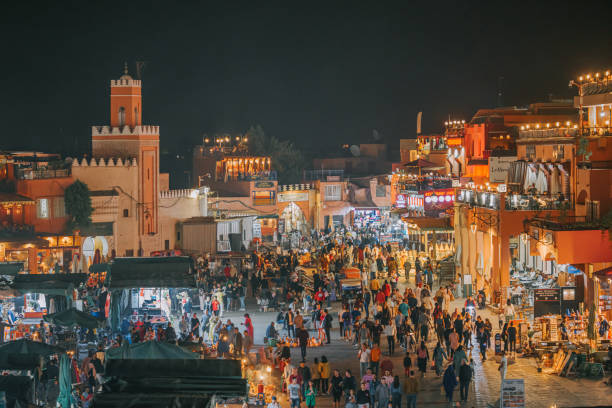
High angle view Djemaa El Fna Marrakech, Morocco by Night
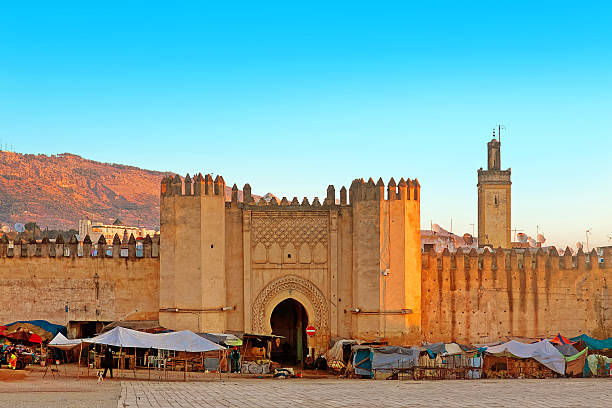
Gate to ancient medina of Fez, Morocco
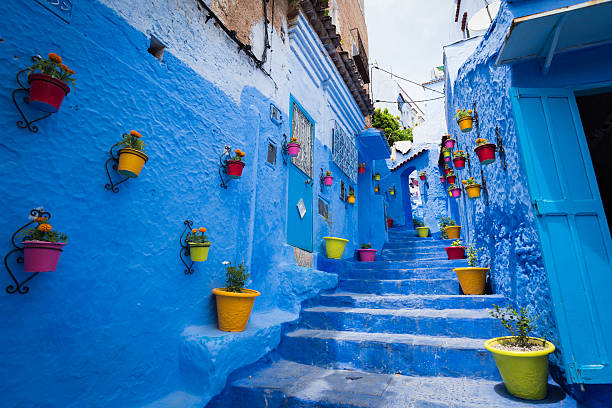
Alleyway in Chefchaouen, Morocco
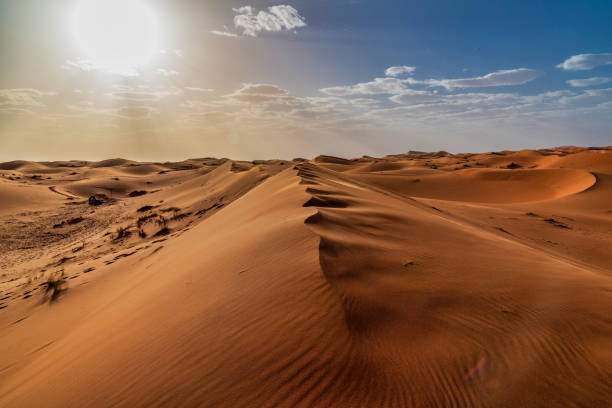
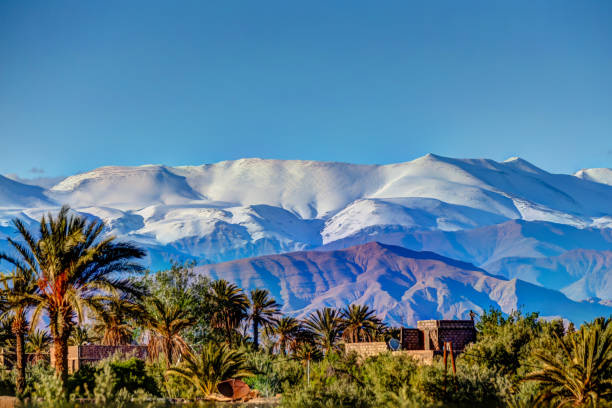
Atlas Mountain
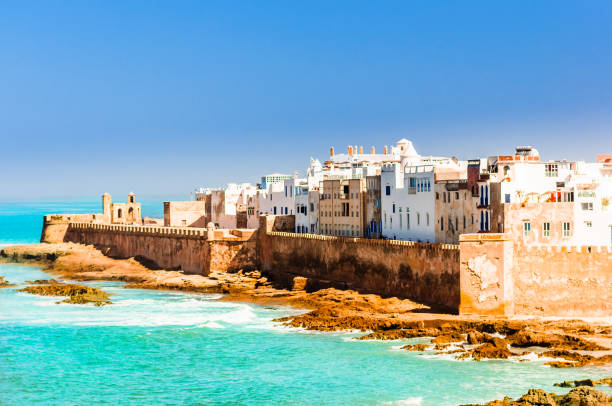
This policy also mirrors Morocco's commitment to deepening diplomatic relations with countries included in this visa-free regime. Through easier travels, Morocco establishes closer connections and promotes cultural exchanges. It could enhance mutual understanding and cooperation and more strongly entrench the position of Morocco in the world. A visa-free policy not only expands tourism but also reinforces the role of Morocco as a bridge between various cultures and states to achieve peace and cooperation.
Step1: Complete the online application by entering your passport details.
Step2: Make the payment online using a credit card.
Step3: Check your email for the payment confirmation and receive your e-visa.